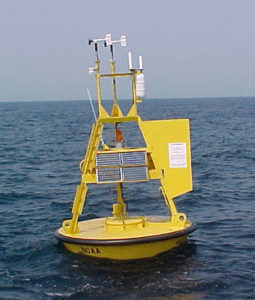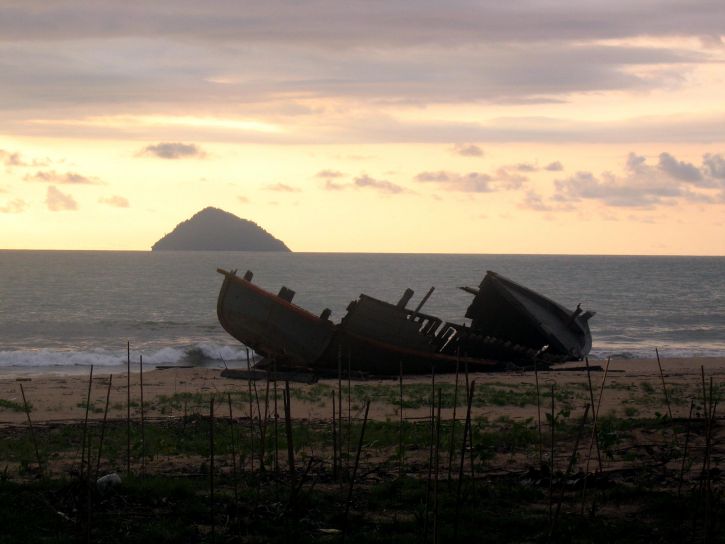When 46-foot waves slammed into the coast of Samoa in 2009, the Pacific Tsunami Warning Center recorded that there was a significant rise in sea levels. Residents in the low-lying atolls of Tokelau moved to higher ground due to an advanced warning system, and in order to avoid potential waves.
Tsunamis have the potential to leave devastation in their wake. This means it’s more important than ever to have an up-to-date Tsunami Warning System (TWS). This system is a connection to the Pacific Tsunami Warning Center in Hawaii and the National Tsunami Warning Center in Alaska. Both monitor earthquakes and subsequent tsunami events. But how do they actual monitor tsunamis? It’s all in the equipment.
Tsunami Detection
The buoys that are used to detect tsunamis are comprised of two components: the buoy itself and the pressure sensor on the seafloor. This pressure sensor measures the change in height of the water column above by measuring the associated changes in water pressure.
Usually, the buoys simply collect sea level information and reports via satellite with a relatively  low-frequency transmission. During events, though, the buoy reports sea-level information at one-minute intervals.
low-frequency transmission. During events, though, the buoy reports sea-level information at one-minute intervals.
There is also a water level monitoring system in the Philippines that uses ultrasonic sensors that are integrated into a tide gauge platform.
Technology in Tsunami Detection
The technology that’s used within the tsunami detection systems is actually not all that new. It’s similar to the technology used in any system that needs to test for water pressure or water height. Sensors used to detect water height are used in everything from brewing to oil tanks. They’re also used in environmental monitoring, flood detection, industrial equipment, specialty vehicles, and in waste and wastewater monitoring. This same technology is, essentially, what is used for tsunami detection and monitoring.
Tsunami Warnings
In the case of tsunamis, the earliest warning is actually the earthquake itself. And while the TWS can monitor tsunamis, the best thing to do is always to get to higher ground if you happen to be in a coastal area. However, if the earthquake happens to be further away, it’s likely that a warning of at least a few hours can be issued.





